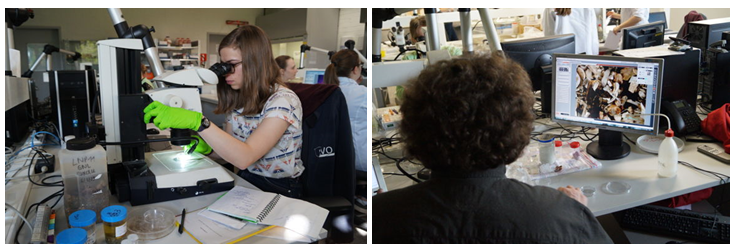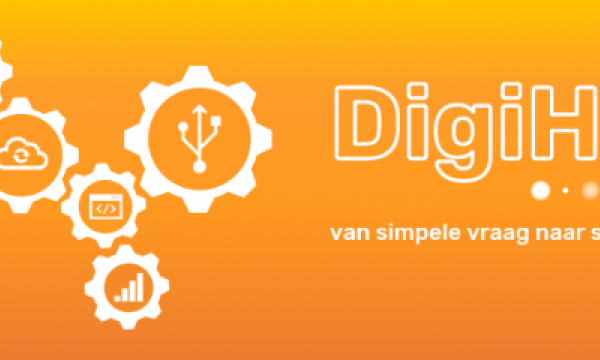Press release DNA techniques prove useful for marine ecological monitoring
What is the impact of human activities at sea? With new DNA techniques, scientists can follow up 44% faster and 26% cheaper than with classical, visual analyses. Yet replacement is not an issue, because the results obtained do not completely overlap. This is shown by comparative research on seafloor samples from sand extraction areas. “It is by cleverly combining both methods that governments can react more quickly and accurately to disturbance of crucial ecosystems. And that's important, because the sea is becoming increasingly crowded,” says Laure Van Den Bulcke (ILVO).
Classical morphology
To monitor the impact of human activities such as sand mining, scientists look at the macrobenthos, the wealth of animals larger than 1 mm that live in the seafloor. Classically, experts sort, count and weigh all the animals by species in a bottom sample. This is time-consuming, especially for large and diverse samples, and identifying damaged or very small animals is difficult even for the trained eye. It also makes the process expensive.

New DNA metabarcoding
The new DNA metabarcoding method removes some of those specific difficulties. Laure Van Den Bulcke explains how it works: “Just as you scan a barcode in the supermarket to get information about your product, we can use DNA analysis to scan a soil sample. Through an international reference database that links DNA barcodes from the North Sea to species names, we can then read which species are all present in the sample.”

44% faster and 26% cheaper
In her doctoral work, the researcher compared the accuracy, speed and cost of this new method with the traditional one. The results are promising: in a pilot study to measure the effect of sand mining on seafloor health, the DNA method was already able to demonstrate a clear impact comparable to the traditional method, but 44% faster and 26% cheaper.
This can be a tremendous help in the policy and management of sandbanks: for example, if it turns out that the bottom life is disturbed to a great extent by sand mining activities, a sandbank can be temporarily closed so that the area can recover.
Combination completes the picture
Remarkably, although there was mainly overlap between the species found in the DNA and classical methods, both were also able to identify a number of unique species. However, the DNA method is less suitable than the classical method for estimating the density and biomass of the species found and also does not provide information on the life stage (larva, adult) or sex of the animals.
Therefore, the combination of both techniques is recommended. Combining them gives scientists a more complete picture of the biodiversity present and thus of the impact of sand extraction and other human activities on the marine ecosystem in our North Sea.
Sea is getting more crowded
In addition to tourism and fishing, sand extraction, energy production, shipping, aquaculture, etc. are all increasing in the North Sea. The sand extracted from the sea serves as a raw material for the production of concrete and asphalt, foundations and coastal protection, among other things.Combined with pollution and climate change, these human activities put pressure on the health and biodiversity of marine ecosystems. To limit the damage and still allow economic development, there are European-driven management measures such as certain fishing restrictions, which are based on up-to-date monitoring data.
This data is collected by scientific institutes and universities from the various North Sea countries. In the Belgian part of the North Sea, ILVO does that for the macrobenthos. This is a good indicator of the health of the marine ecosystem because even small changes in the environment change the type and number of macrobenthos present.
Laure Van Den Bulcke explains the relevance of her PhD in this video from Wetenschap Uitgedokterd:
European study
Laure Van Den Bulcke's doctoral research was part of the European GEANS project coordinated by ILVO and funded by the North Sea Program of the European Regional Development Fund of the European Union. More information: https://northsearegion.eu/gean...
The title of the PhD is 'Optimising DNA metabarcoding and machine learning for advanced impact assessments in the North Sea: A case study on sand extraction.' The promoters are Prof. Dr. Willem Waegeman (UGent), Dr. Sofie Derycke (ILVO, UGent) and Dr. Annelies De Backer (ILVO).

